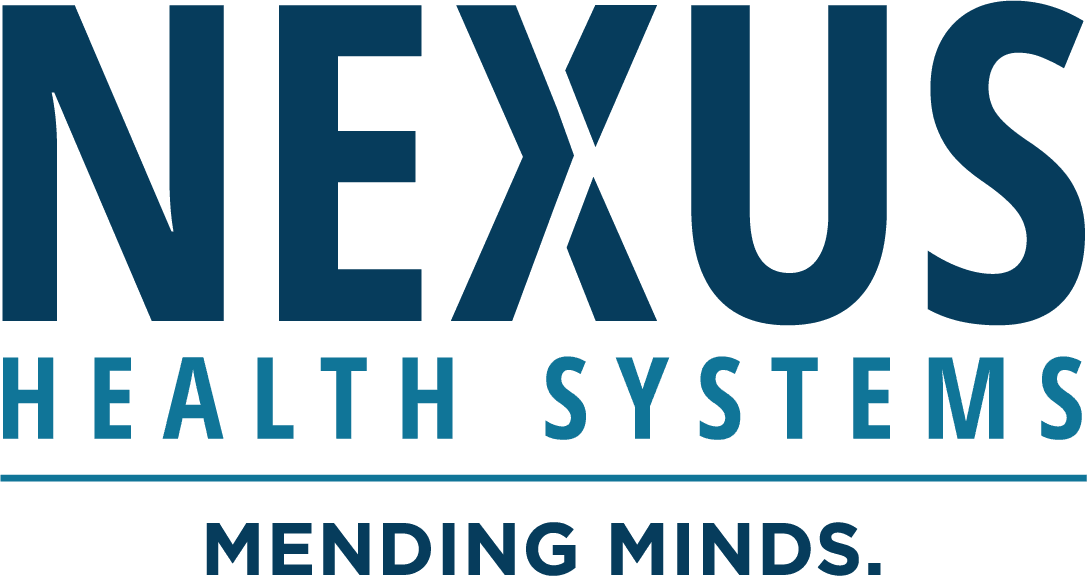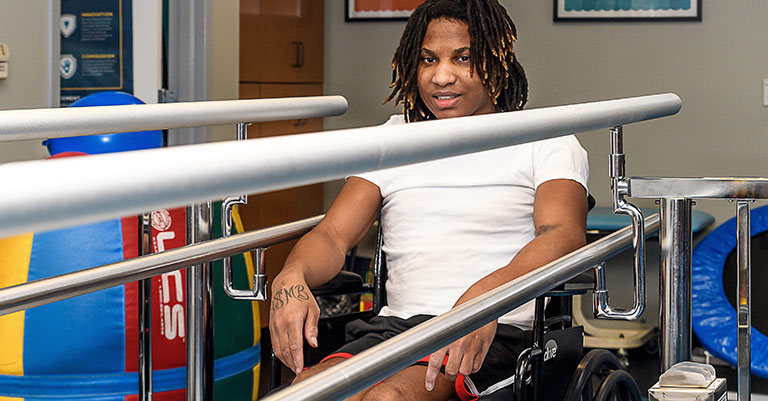There are more than 17,000 new reported spinal cord injury cases in the U.S. each year. According to the American Spinal Injury Association (ASIA), approximately 20% of these occur in children and adolescents, most commonly as a result of motor vehicle accidents or falls.
Why Pediatric Spinal Cord Injuries Are Different
Pediatric spinal cord injuries are complex, and the rehabilitation that is required to treat the diagnosis varies among cases. Children who sustain a spinal cord injury may face numerous challenges as a result of their injury such as chronic pain, dysfunctional bladder and bowels, and respiratory issues. It is common among pediatric cases for the cervical spine to be affected, much more so than in adult diagnosis, which often results in partial or full paralysis of the trunk and extremities. Since pediatric patients have thinner skin and increased skin elasticity, they are also more susceptible to wounds associated with the event of the injury.
In addition to physical treatments to address their injuries, pediatric patients also many times require support for emotional and behavioral reactions to their situation. While the adolescent body may be suffering from an injury, many times the mind is not. For physicians and clinical staff, this means that in common cases, children will still want to be children. The patient and his/her family or caregiver could require more counseling, training, and simply time to adjust to injury and long-term deficits based on the child’s developmental stage.
It is important to consider the perspective of the child throughout their rehabilitation process. ASIA research has found some discrepancies between how children being treated for spinal cord injuries report how they’re doing, and how parents interpret their progress. Providing some sense of input and control can be a critical step in the progression of therapy and follow-up compliance.
Nexus Children’s Hospital considers each child individually at our Houston campus in a family-focused setting. The recovery journey is different for all spinal injury patients, and our experienced medical and allied health professionals work as a cohesive team to develop patient-centered, customized treatment plans that evolve as our young patients progress.
Nexus Children’s Hospital Pediatric Spinal Cord Injury Program
At Nexus Children’s Hospital, treatment and therapy protocols are tailored to each patient’s level of injury and rehabilitation needs determined by the American Spinal Injury Association Impairment Scale exam.
“Treatment is not prescriptive, rather the individualized plans are creative and motivating, and ultimately, more effective at helping improve and support a child’s maximum functional potential. Our program helps children make meaningful progress,” explains Dr. Courtney Toomey, Physical Medicine and Rehabilitation Physician and Director of Rehabilitation Programming.
The program has multiple elements developed to help children progress through their spinal cord injury recovery. Treatment plans and goals are adjusted depending on the patient’s level of injury, responsiveness to care, and medical conditions. Pediatric patients may receive therapy up to three times per day including physical, occupational, and speech therapy. A full interdisciplinary team collaborates on each pediatric case including physicians and medical staff, dieticians, physical, occupational, and recreational therapists, neuropsychologists, speech-language pathologists, and case managers.
Once sensory and motor levels are assessed, the rehabilitation team customizes treatment to work towards functional goals. Each child’s plan is approached with a truly individualized structure, for example, considering if the individual is paraplegic, tetraplegic, or complete. Progressive assistance always includes activities of daily living, as well as additional tasks such as mobility, transfer training, orthotic fitting, strength and endurance training, respiratory conditioning, custom medical equipment, or even electrical stimulation for neuromuscular re-education and strengthening.
Family and Caregiver Support is Essential
In the Rehabilitation: Innovating and Striving for Excellence (RISE) Program at Nexus Children’s Hospital, collaborative teams meet twice per week to discuss individual care plans to maximize recovery potential and minimize barriers of our adolescent spinal cord injury patients. The care plans also include and address caregiver concerns and support plans.
Clinical data by Dr. Susan L. Ryerson Espino, demonstrates the importance of multimodal interventions aimed at skill development, support, information, and referral around mental health for parents and caregivers of pediatric spinal cord injury patients. Intentional focus on caregiver preparedness commonly results in reduced negativity surrounding the adolescent patient’s diagnosis, demonstration of effective problem-solving skills, and increased sense of a supportive community.
At Nexus Children’s Hospital, families and caregivers complete training and education throughout the duration of a pediatric patient’s admission, treatment, and rehabilitation. All training and education is tailored to the patient’s level of spinal cord injury, medical requirements, and caregiver capabilities. Our teams are dedicated to equipping families and caregivers with the tools and knowledge to confidently continue to support and care for their child at home.

